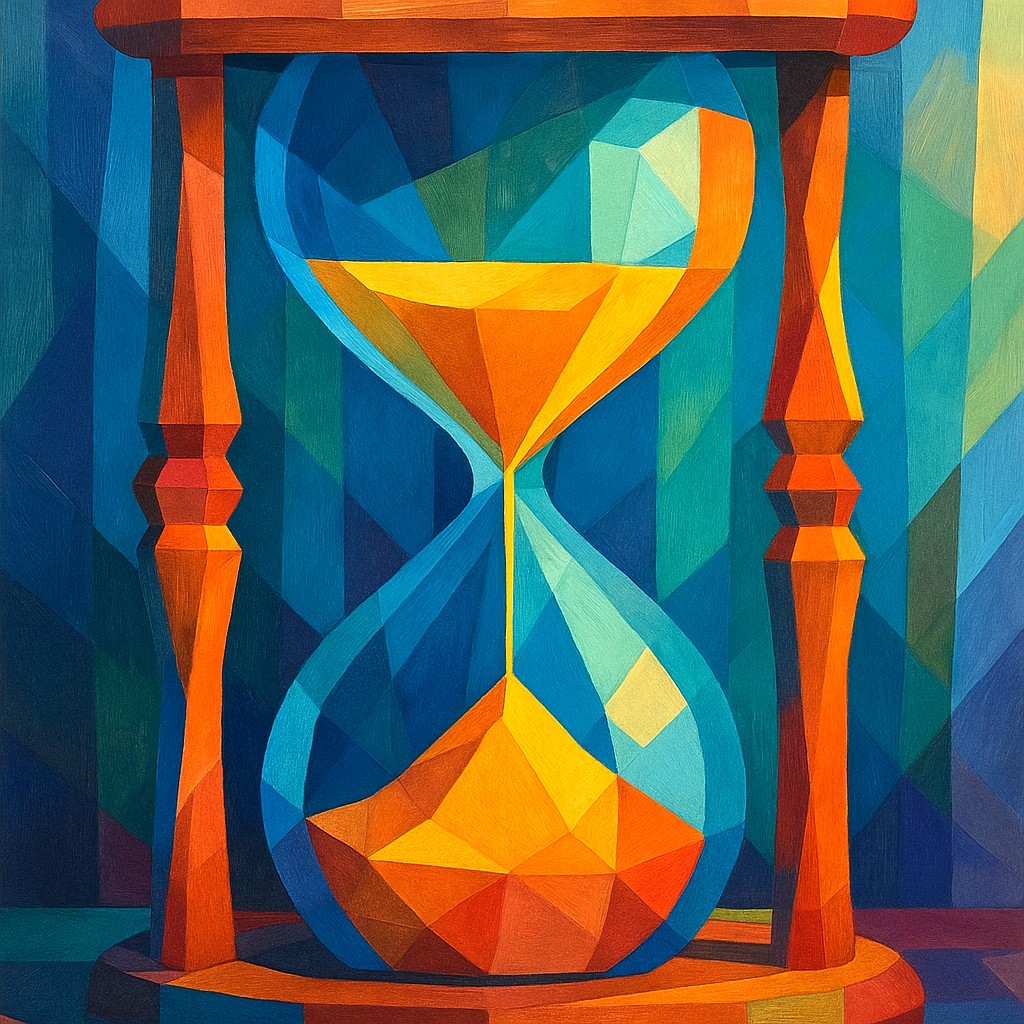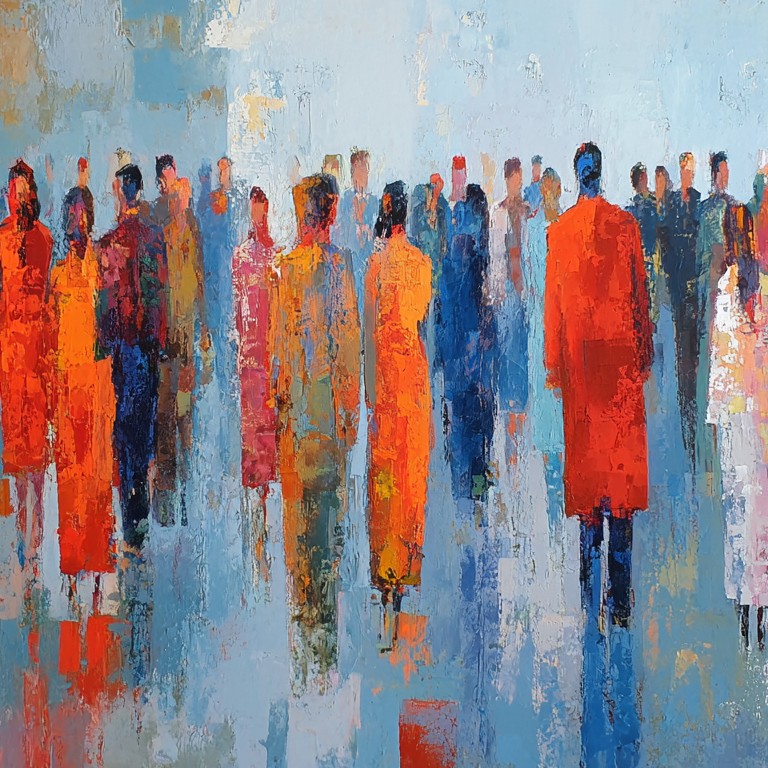CPR for foreign aid
The government is providing fresh billions for military support to Ukraine. But the fact that civilian aid is financed by cutting aid to the world's poorest threatens the very mainstay of Norwegian aid. That's why we are calling out the alarm, writing 25 organizations and actors.

Ki-generated illustration from Sora.
Main moments
The draft aid budget for 2026 marks a shift in Norwegian aid policy: Ukraine receives about a quarter of Norwegian aid. The government could have found the money elsewhere but has chosen to cut, amid a time of war, hunger, climate and poverty crises.
We share the government's determination to assist Ukraine. But we are deeply concerned that this is happening at the expense of poverty alleviation, food security, climate, peace, health, education and emergency assistance in conflict zones such as Afghanistan, Sudan, South Sudan, the Sahel and the Democratic Republic of Congo. Cutting aid to the world's poorest and most vulnerable goes against the humanitarian imperative that underpins Norwegian aid policy: aid should be given according to need, not according to political interests.
Aid is essentially an activity that takes place outside Norway and is therefore not inflationary. This has been established by leading academic communities, including the Finance Ministry's Advisory Committee on Fiscal Analyses. When the Ministry of Defence gets fresh money from the Oil Fund for military support to Ukraine, the same argument should apply to the civilian support.
Serious dilemma
When the government launched the “Nansen package” in 2023, we cheered -- but with a lump in our stomach. We feared that the funds would be taken from an already squeezed aid budget. Back then, we were promised that support for Ukraine would not be at the expense of efforts in other crises. But developments in recent years have shown the exact opposite.
Norad's figures from 2024 shows that aid to the poorest countries has fallen by NOK 2.3 billion from the previous year. This is the same level in NOK as in 2020, but the share has plunged from 56 per cent in 2020 to 31 per cent in 2024. Now we're not cheering anymore.
As Emil André Erstad points out in the commentary”That's why the aid percentage is dead” in Panorama, we face a serious dilemma: What happens the day Ukraine no longer needs comprehensive support? Will these billions disappear from the aid budget for good? History shows that when aid is cut, building it back up is demanding. Norway, which continues to run large surpluses, cannot defend cutting aid to the world's poorest.
We demand that the Norwegian government:
- Creates a separate crisis package for Ukraine, funded outside the regular aid budget.
- Increases the share of aid going to the world's poorest.
- Commits to preserve the aid percentage as a moral and political symbol.
Norwegian aid must continue to contribute to long-term development and humanitarian efforts outside Europe. It is not only a matter of solidarity, it is also in our self-interest to eradicate extreme poverty, halt environmental crises and contribute to a peaceful world.
Affiliated organizations
- The Future in Our Hands by Tale Hungnes
- FOCUS/Sylvi Bratten
- Debt Justice by Joakim Enrique Carli
- SAIH/Henriette Reierson Johnstone
- Forum for Development and Environment/Gina Ekholt
- Sex and Politics by Tor-Hugne Olsen
- Long term view/Eirik Mofoss
- The Strømmstiftelsen/Erik Lunde
- The Human Rights Fund/Ingeborg Moa
- LHL International Tuberculosis Foundation/ Mona Drage
- Thought Force/ Trine Østereng
- ADRA Norway/Lena Sømme
- FOREWORD/Ida Oleanna Hagen
- The Changemaker/Ragnhild Bergli
- UN Liaison by Catharina Bu
- Latin American groups in Norway/Eirin Høiseth
- Afghanistan Committee/Liv Kjølseth
- UNICEF Norway/Maria Greenberg Bergheim
- WWF World Wildlife Fund/ Karoline Andaur
- Save the Children by Henriette Westhrin
- Church Emergencies by Anne Cecilie Kaltenborn
- Caritas Norway/Ingrid Rosendorf Joys
- Plan International Norway/ Kari Helene Partapuoli
- The Development Fund/Ulf Flink
- Tax Justice Norway/Andreas Fjeldskår
More from Langsikt

Input to the strategy for Norway's cooperation with the World Bank
Norway should see its cooperation with the World Bank, particularly IDA, as more than an aid tool - it should be part of our long-term strategy to contribute to a stable and resilient world with less inequality and less poverty. Here are nine inputs on how.

Norwegian aid can accomplish much more if it is prioritized correctly. Here are suggestions on how
Below are two proposals for structural measures in the aid budget, and then two concrete budget amendments that can save free up room for action for new initiatives (a total of NOK 1 billion in 2026).

Input to Development Minister in Light of Global Aid Cuts
Global aid cuts must have consequences for Norwegian priorities.

The death of the aid percentage: An analysis of what Norwegian aid goes to
Never before has the share of Norwegian aid going to poverty reduction and development been lower.